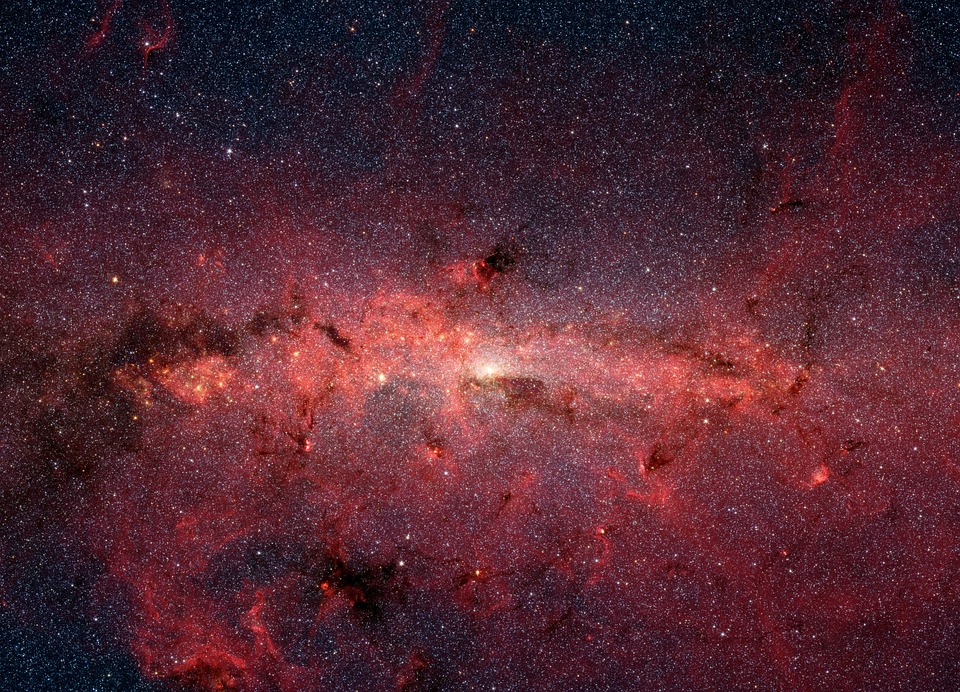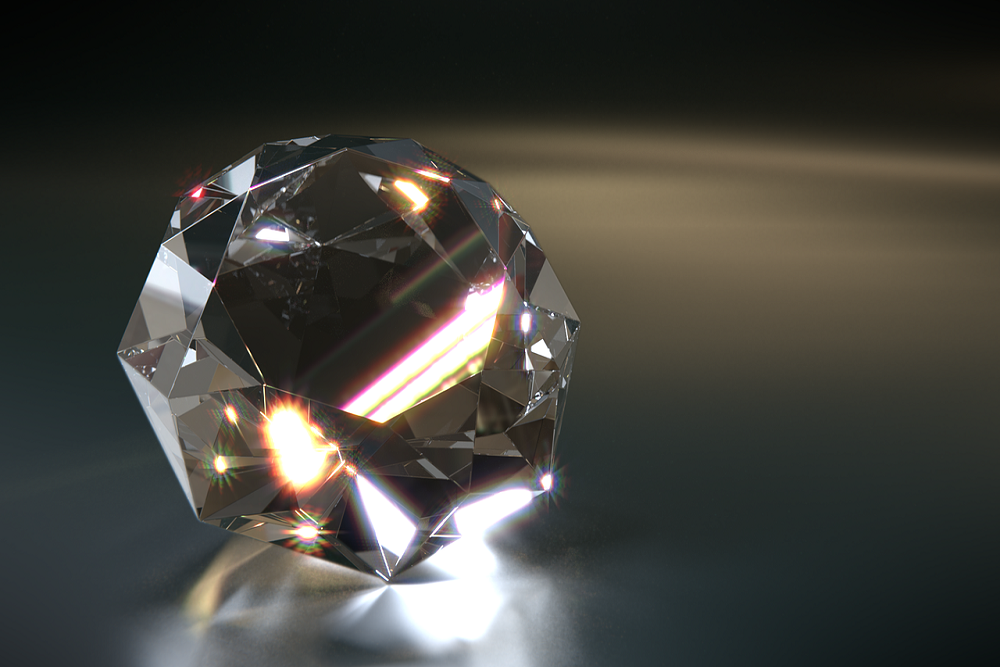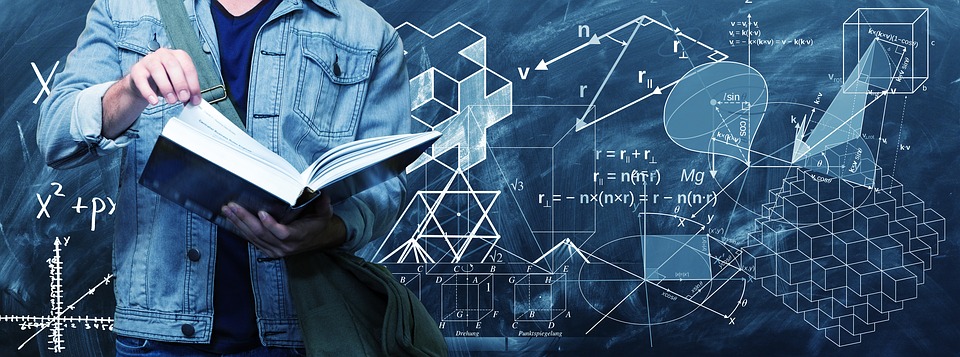ESA ( European Space Agency) reports that as the sun’s fuel ends and the core becomes feeble, it collapses on itself and the white layers keep ejecting outside. After many thousands of years, these layers will stop moving, cooled and will be diminished. All we would have is a dim dwarf star. These explanations were made from recordings made by the Hubble telescope of a dying star.
The European Space Agency is an intergovernmental organization of 22 member states dedicated to the exploration of space.
The universe is full of different galaxies, solar systems and of course the stars like the sun. Every star, like our sun, has limited energy which helps it burning throughout the course of its life.
ESA reported that as the fuel ends and the core becomes feeble, it collapses on itself and the white layers keep ejecting outside. After many thousands of years, these layers will stop moving, cooled and will be diminished. All we would have a dim dwarf star.
The planetary star recorded by Hubble telescope belonged to the Centaurus constellation and is visible in the southern hemisphere.
As the fuel, on which it burns and shines, will end, it will destabilize. As it becomes unstable, it starts to expand and anything in its vicinity will also get consumed.
Future of our sun and the solar system
NASA(National Aeronautics and Space Administration) and ESA jointly operated Hubble space telescope gives us the images of a planetary nebula, which was named NGC 5307. Although being 10000 light-years far from us, clear images of its destruction were available. A planetary nebula is the last stage of a giant star like our sun.
These kinds of planetary nebulas help us imagine the future of our sun and consequently the solar system.
Should our sun’s fuel end, which is basically hydrogen, our sun will expand to its giant phase, and planets like Venus, Mercury and most probably our Earth will be trapped in it.
In the center of the star’s expanded phase, as we can see in the pictures, is the core of the sun. This bright shiny core is called a dwarf star. As we can see the glow coming out as layers, these layers will keep on cooling down for thousands of years.
There is a newer and better space telescope soon to take over the Hubble telescope and everybody is wishing that new technology can assist with closer predictions on eventualities.
The question here arises is what will happen to the sun and when would it happen? NASA has estimated that the sun will die in the next 4–6.5 billion years. So, for now, we can relax.







